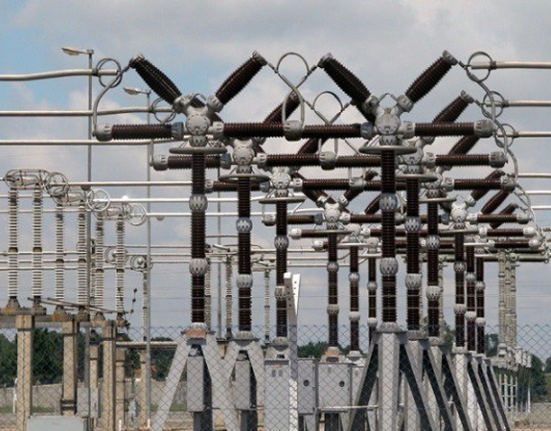Nigeria has once again reached a significant milestone in its oil production target, attaining the Organisation of the Petroleum Exporting Countries (OPEC) quota of 1.5 million barrels per day (bpd) in June 2025. This marks the second time the country has met the benchmark this year, the first being in January.
According to OPEC’s latest Monthly Oil Market Report released on July 15, Nigeria’s average crude oil production stood at 1.505 million bpd in June, representing a 3.58 percent increase from the 1.453 million bpd recorded in May. The data, which was sourced directly from Nigerian authorities, was further corroborated by OPEC’s secondary sources, which estimated the figure slightly higher at 1.547 million bpd.
This achievement reaffirms Nigeria’s position as Africa’s leading oil producer, ahead of Algeria, which recorded 927,000 bpd in the same month. The consistency in output is particularly critical for the country’s economy, as the 2025 national budget was benchmarked on the assumption of meeting the OPEC quota. Falling short would have strained fiscal expectations.
Earlier in the year, Nigeria’s output fluctuated, with a strong start in January at 1.538 million bpd, followed by a dip to 1.46 million in February and further down to 1.40 million in March. Although there was a slight recovery in April, the May figure still fell below target, making the June rebound notable.
The recent improvement comes amid ongoing efforts by the Nigerian government to combat oil theft, improve security in the Niger Delta, and ramp up infrastructure repairs. The consistent rise in production also aligns with preparations to meet increased demand as the Dangote Refinery approaches full operational capacity.
With OPEC+ set to increase collective output by 548,000 bpd starting August, Nigeria’s sustained compliance with its quota signals potential stability and growth within the oil sector. However, industry analysts suggest that maintaining this level of output over the next few months will be crucial in determining whether this rebound is sustainable or just a temporary spike.







